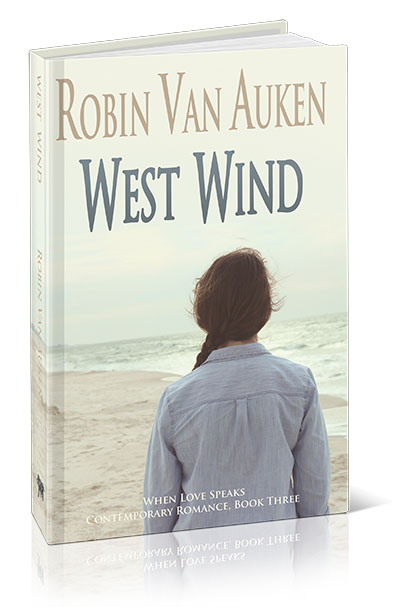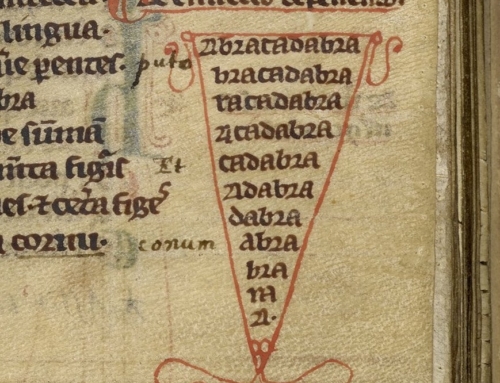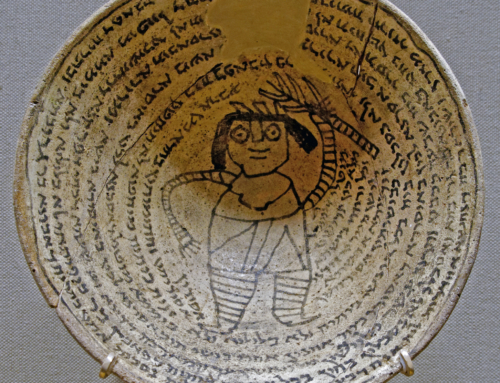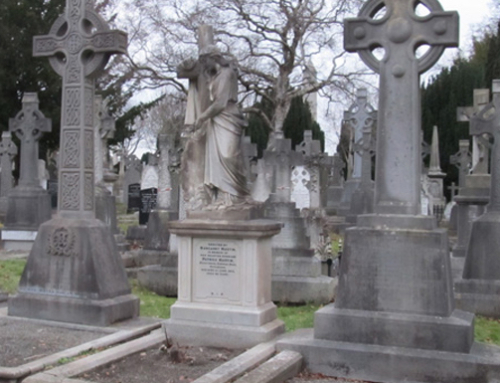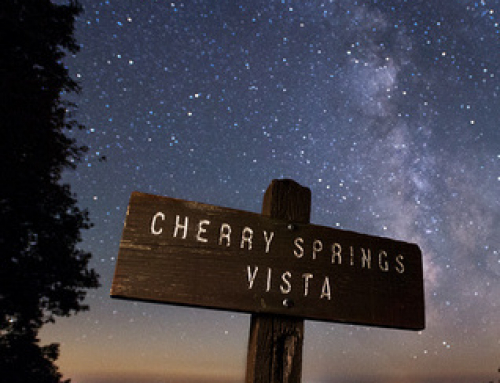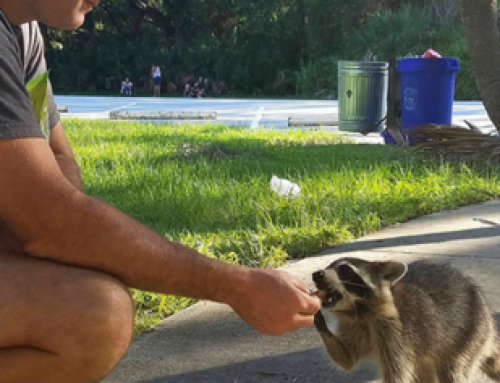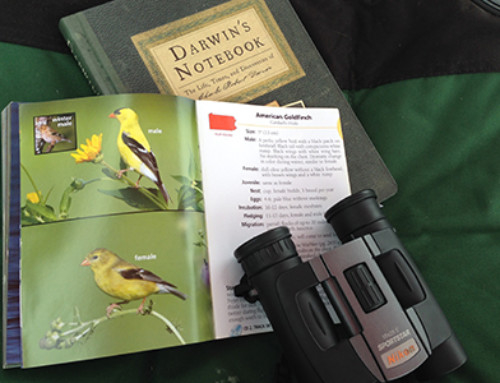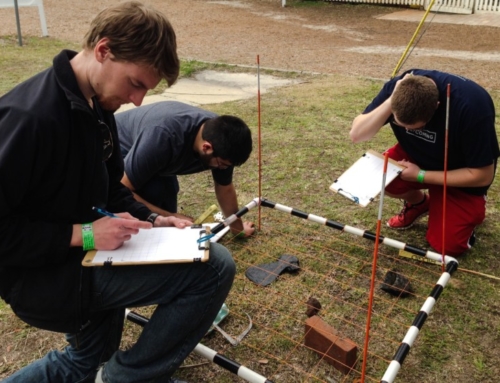Here in the Highlands of Pennsylvania, we’ve been blanketed with snow and freezing temperatures. The snow is more than two feet deep and has been for weeks. We’re thinking of Spring and the end of this blasted winter.
Next week, we expect warming breezes of 40 degrees and more. That means most of the snow will melt, the river will rise and flood, sprouts will burst forth on hardy trees, and the birds and animals will initiate their own courtship rituals.
It begins with the twitter-pated Robins, the harbingers of spring, then the squirrels chase each other back and forth, turning the road into a hazard. Before long, the neighborhood is teeming with baby bunnies and chipmunks.
As a romance writer, I enjoy writing about courtship. Today, I’m virtually visiting the UK, England, Ireland, Scotland and Wales, specifically, since I’m studying courtship.
England
The engraving at right is “A Receipt [i.e. Recipe] for Courtship,” a Dec. 21st 1805 caricature published by Laurie & Whittle of London. The print shows a young man handing a young woman a note and below it is a poem satirizing the courting customs or romance rituals of Regency-era England.
The keyboard instrument at left signifies that music also played a role in the courtship process. The poem contained in caricature reads:
-
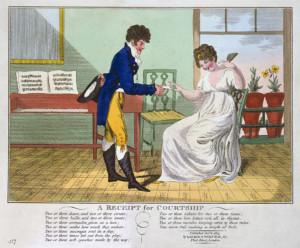
Courtship Customs in the UK
Two or three dears, and two or three sweets;
- Two or three balls, and two or three treats;
- Two or three serenades, given as a lure;
- Two or three oaths how much they endure;
- Two or three messages sent in a day;
- Two or three times led out from the play;
- Two or three soft speeches made by the way;
- Two or three tickets for two or three times;
- Two or three love letters writ all in rhymes;
- Two or three months keeping strict to these rules,
- Can never fail making a couple of fools.
Ireland

I suppose it keeps things simple.
Scotland
Handfasting is a popular subject in historical romance novels, and is a traditional Scottish Courtship and Wedding Custom. According to ScottishWeddingDreams.com, a website dedicated to “Bringing a Bit o’ Scotland to Your Wedding,” trial marriages were common.
“Trial marriages, a form of handfasting, really are not a new wedding tradition. Nor is the custom of a bride keeping her own surname. Until the mid-19th century, this was a common practice in Scotland. The handfast ceremony, like an engagement, expressed an intent to marry. As a wedding tradition, this custom can be traced back to the Celtic wedding ceremony of the 1500s. The guests formed a circle around the bride and groom, while the couple pledged themselves to one another.”The ceremony was solemnized by the physical contact of ‘hands on fist.’ Their hands were gently tied with a cord or strip of cloth, preferably tartan. ‘Tying the Knot’ may have come from this wedding tradition. This trial marriage lasted for a year and a day. When the time expired, the couple either wed or separated. Either one could end the contract. Any child produced was considered legitimate.”
Wales
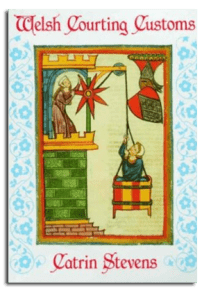
I was delighted when my husband shared a list of Welsh Courtship Customs. Shared on Facebook by The History Of Wales, which it appears to originate from a 1993 book, “Welsh Courting Customs” by Catrin Stevens.
According to the Amazon book blurb, it “… examines the range of traditions and customs which were prevalent in a predominantly rural Wales before the First World War, including the practice of courting on the bed, caru ar y gwely, for example, which so fascinated English tourists in the 19th century. The wealth of information gleaned by the author from a variety of sources, including literature, religious publications, oral evidence and actual artefacts, is brought together in a highly readable and yet thorough study of one of the most compelling aspects of Welsh social history.”
Below are a few of the customs shared on Facebook by The History of Wales:
Welsh Courting Customs
Rhamanta – The Welsh tradition of Rhamanta was a way of trying to see into the future – in particular the romantic future. Rhamanta took many different forms. In Glamorgan a young couple would place a shovel on top of the fire and put on it two grains of wheat. As the shovel grew hotter the grains would edge towards each other, swell and grow. Eventually they would pop off the shovel – if they jumped off together the boy and girl could expect to jump into matrimony. Jump separately and they would go off in different directions to lead different lives.
Mutton – In Pembrokeshire a shoulder of mutton, pierced by nine bore holes, would be placed under a girl’s pillow – not the most romantic or hygienic arrangement and certainly not very comfortable. With her shoes arranged in a T shape at the foot of her bed – but only after an incantation had been said above them – the girl would duly expect to see her future lover in her dreams.
The Maid’s Trick – The Maid’s Trick was performed on Christmas Eve or on one of three designated Fairy Nights. The fire was made up and a feast of food was left on the table while the girl washed her undergarments in fresh spring water. The underwear would then be left to dry on the back of a chair in front of the fire and, with the door unlocked, the girl would retire to bed.
Kidnapping the Bride – One peculiarly Welsh tradition was that of kidnapping the bride on her wedding day. This was done by the bride’s family, just before the ceremony took place. The groom and his family would set off in hot pursuit and, obviously, rescue the bride. One version of this custom declared that whoever actually freed the bride would themselves be married within the year.
Ready for a Challenge?
Have even more fun when you accept the 21-Day Writing Sprint Challenge. This process is one I use every semester with my college students, so I know it can kickstart your creativity and introduce structure to your writing schedule. When you join my Circle of Writers & Authors, you’ll receive FREE writing resources, and you’ll sign up for my newsletter. I will not sell your information, or spam you. I will send you updates about new articles and podcasts I’ve created, and projects I’m working on. You can unsubscribe at anytime. Read my Privacy Policy here.
Wholehearted Author is for you if you are …
- Starting out as a writer and could use some guidance
- Wanting to be inspired to create and publish your book
- Looking for like-minded, happy people and helpful mentors
- Hoping to turn your writing into a full-time, awesome career
- New to the concept of “permission marketing” but willing to try
CATCH THE WEST WIND
Add WEST WIND to your library!
If you love a good mystery, a romantic whodunit that will surprise you, then WEST WIND is a great addition to your ebook library.
West Wind is my third novel as an author of Contemporary Fiction, Suspense, Thriller, and Romance. It’s FREE too, when you join my exclusive Readers Group. Join today and download your free book, and as a special thank you, you’ll receive a SECOND FREE BOOK tomorrow! The giving goes on and on when you become my fan.
When you join my Readers Group, you’ll receive updates about new projects I’m working on. You can unsubscribe at anytime. Read my Privacy Policy here.




